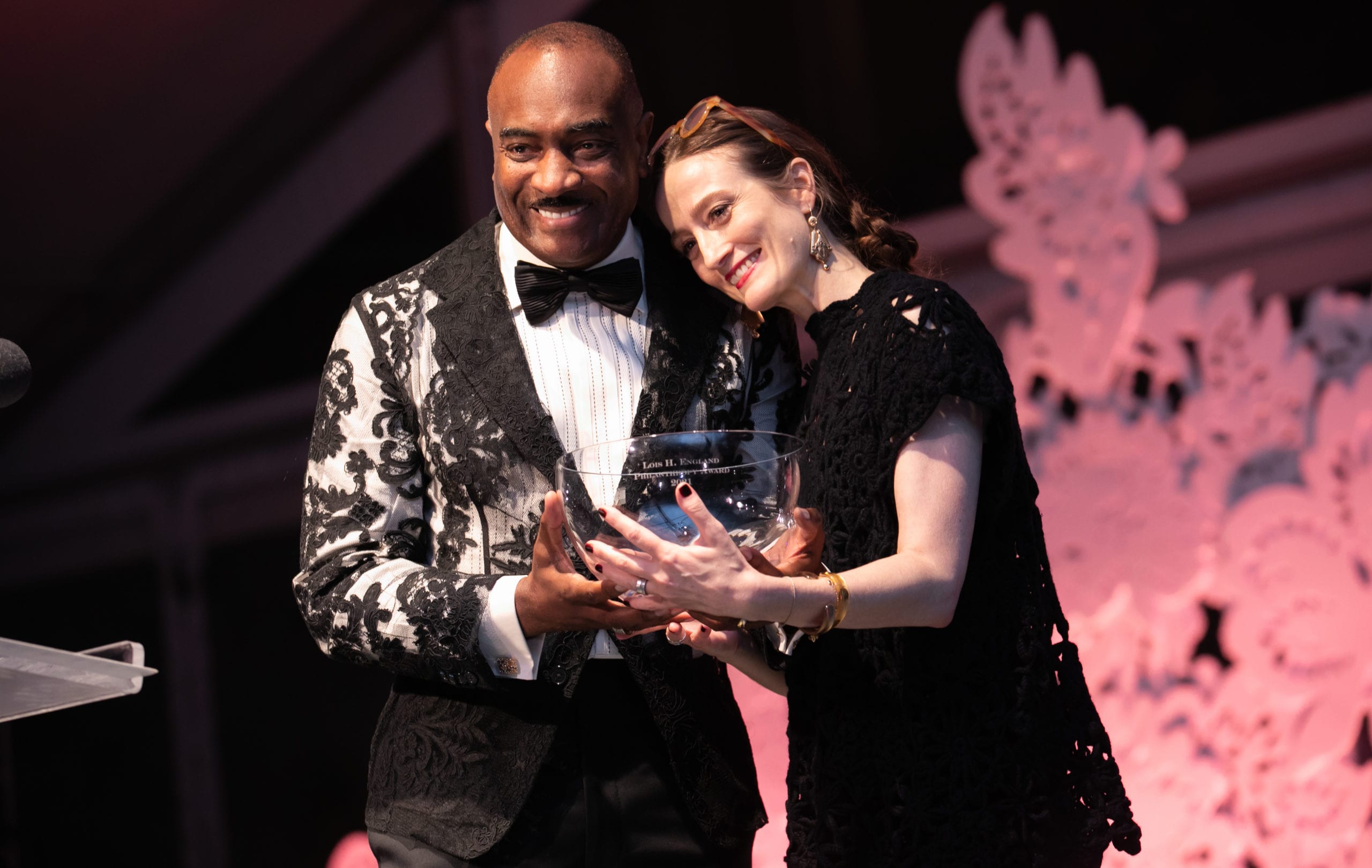
This past summer the DC Commission on the Arts and the Humanities announced major changes to their funding formula. From The Washington Post on August 18, 2021:
“Embracing a new funding formula passed by the D.C. Council earlier this month, the commission unanimously approved almost $16.5 million in fiscal year 2022 grants Monday night, awarding $9.3 million in general operating support to 97 organizations with budgets under $1 million, and $7.2 million to 48 grantees with budgets larger than $1 million. The grants are for the fiscal year that begins Oct. 1.
The new formula cuts $5.3 million in general operating support from the city’s largest institutions and distributes it to more and smaller groups. The new structure aims to “level the playing field,” commission chairman Reggie Van Lee said at Monday’s virtual meeting. Van Lee became chairman in May, replacing Kay Kendall, whose term had expired.”
In practice this means much more funding for smaller arts organizations throughout Washington – and greater support for organizations led by people of color:
“The list of specific grants will not be released until next month. The 23 grantees with annual budgets between $8,000 and $99,000 will receive an average grant of $50,000, double this year’s average and representing almost 74 percent of their budgets. The 20 organizations with budgets between $105,000 and $214,000 will receive an average grant of $75,000, a 178 percent increase, while the 23 grantees with annual budgets between $400,000 and $738,000 will receive average grants of $130,000, an increase of 134 percent.
In addition, 27 of the 48 grantees with budgets over $1 million will also receive increases, although at a lesser rate. The 21 NCAC organizations will see their grants decrease from $8.7 million to $3.4 million, a 61 percent drop. As a result of the new formula, organizations with budgets between $3.6 million and $6 million will receive grants averaging 3.3 percent of their budgets, while those with budgets greater than $10 million will receive funding averaging 1.2 percent of their budgets.”
This bold move by the DC Commission represents a renewed hope that equity in the arts may some day be possible. As I cover in my upcoming book, recent studies have shown that 60% of arts funding goes to only 2% of arts organizations. This richly resourced top 2% of arts organizations eat up the oxygen from smaller, often BIPOC led organizations, making the long-term success of smaller organizations – and those led by people of color – nearly impossible.
As with many real actions towards greater equity though, there was immediate and deep push back from some of the larger organizations who had come to rely on their special pot of funding. As covered in The Washington City Paper, Paul Tetreault of Ford’s Theater expressed dismay and anger at the new formula. Perhaps most importantly, Tetreault indicated that the larger organizations had “agreed” to smaller cuts – but not to these larger ones. As The Washington City Paper rightly pointed out, this sense of entitlement to pubic, supposedly independent tax dollars, is especially damning for these larger organizations. At the same time, Arena Stage (where I once worked) had hired a lobbyist to help ensure their funding with a lobbying fee of $5,000 per month, a cost smaller organizations could never afford.